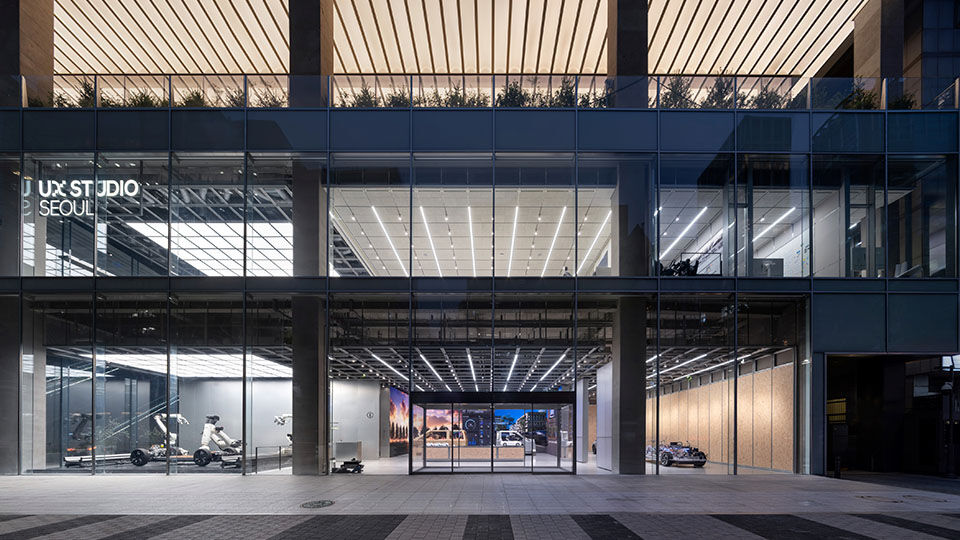Hyundai Worldwide Global Navigation
Hyundai Motor Company today unveiled IONIQ 6 N to the world at the Goodwood Festival of Speed, marking a pivotal milestone in Hyundai N’s electrification journey.
Hyundai Motor Company and Kia Corporation officially launched their industrial wearable robot, the X-ble Shoulder, in the Korean market with a handover ceremony for the first unit to Korean Air on July 8
Hyundai Motor Company has published its 2025 Sustainability Report, detailing the company's comprehensive efforts, achievements, goals, and future plans for sustainable business operations.

















